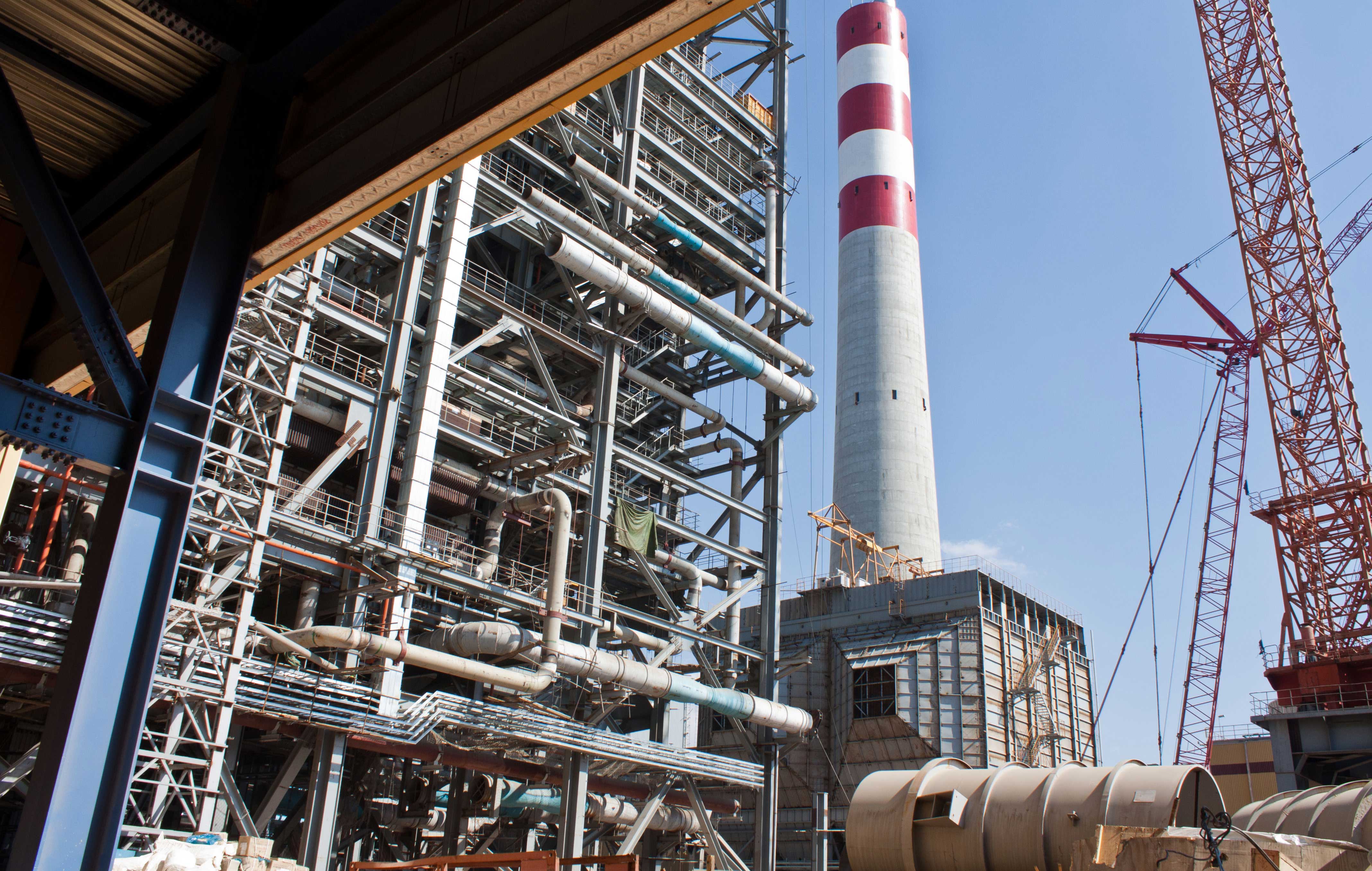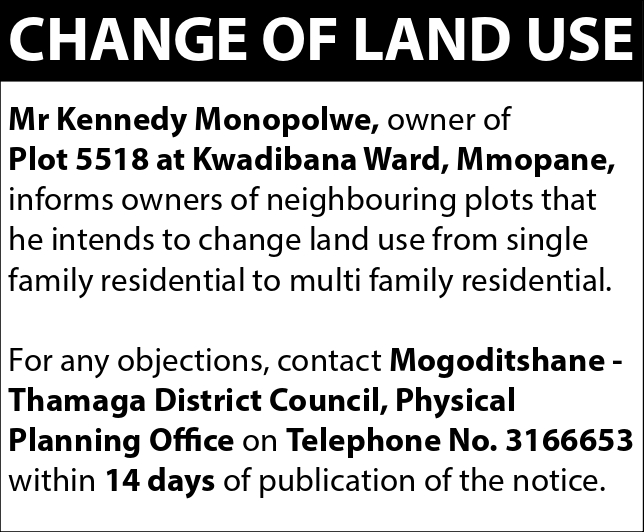- Africa needs US80bn to solve power problems
- Botswana alone needs P18 bn
- Morupule B underperforming
GAZETTE REPORTER
Southern Africa’s most advanced natural gas company Tlou Energy in partnership with the Mott MacDonald Group said that Africa needs about US80 billion (approximately P800 billion) in new power generation capacity by 2030 to keep up with rising demand.
According to a study presented by Tlou Energy, Zimbabwe will need up to US8.8 billion (P88billion), almost half of its Gross Domestic Product (GDP). South Africa, the regional superpower will need to invest US57.4 (P574 billion), while Namibia will have to invest US5.9 billion (59 billion). Botswana will also need to invest US1.8 billion in power infrastructure, an equivalent of P18 billion. According to Statistics Botswana, for the first quarter of 2018, electricity generated in Botswana declined as compared to the previous quarter resulting from the challenges at Morupule B.
The Year-on-year comparison of generated electricity shows a decrease of 2.3 percent (16,071 MWH), from 698,451 MWH during the first quarter of 2017 to 682,380 MWH during the last quarter. Considering the quarter-on-quarter perspective, the physical volume of generated electricity during the first quarter of 2018 shows a decrease of 9.4 percent (70,497 MWH) compared to the generation of 752,877 MWH during the fourth quarter of 2017.
According to Statistics Botswana, the decreases were mainly on account of operational challenges realized at the Morupule B Power Station. The national accounts office announced that although experiencing operational challenges during the first quarter of 2018, Morupule B Power Station accounted for 98.1 percent of electricity generated locally, followed by Morupule A at 1.4 percent and Matshelagabedi Emergency Power Plant at 0.5 percent. The Orapa Emergency Power plant was not in operation during the period under review. The plant is owned by diamond mining company, Debswana, but it is however connected to the national grid.
During the first quarter of 2018, the physical volume of imported electricity increased by 46.7 percent (88,218 MWH), from 189,052 MWH during the first quarter of 2017 to 277,270 MWH during the first quarter of 2018. Statistics Botswana said this increase is attributable to the need to supplement local production to meet domestic needs during the period under review.
Compared to the previous quarter, imported electricity during the first quarter of 2018 shows an increase of 29.5 percent (63,135 MWH), from 214,135 MWH during the fourth quarter of 2017 to 277, 270 MWH during the period under review.
According to Tlou Energy Executive Director Gabaake Gabaake, for the most part of 2016/17, Botswana’s controversial power plant, Morupule B operated at 300 Mega Watts (MW), while the country average daily demand was 400-500MW in the same period, leading to imports from South Africa’s ESKOM.
In the report, Gabaake said while supply of power has its share of challenges, demand is however on the rise. Demand grew from 600MW in 2015 to 650MW in 2017. In 2018, power demand is expected to hover at an average of more than 750 MW and to further rise to a historic 1100 MW in 2021.
According to Gabaake, it is likely that Botswana’s power woes will continue, hence the continued reliance on ESKOM. Offering solutions, Gabaake advised government to match long-term growth in peak demand against committed dispatchable capacity. He said non-dispatchable capacity (such as solar or wind power) is often not considered in capacity planning as it may not be available at system peak Botswana currently produces less than the 600MW demand, since Morupule B is faulty. Alternative power sources are the Debswana owned diesel powered plant and the Matshelagabedi plant, which however fall short of meeting the national demand.
According to Gabaake, Botswana will need to add up to 500MW of committed, dispatchable electricity generating capacity by 2010, in order to keep pace with demand. He said that if projects slip schedule, imports will be increasingly relied upon, digging deep into the national purse. “It is expected that the supply-demand balance will tighten across region in coming years, in line with the historically cynical nature of power market supply-demand,” he said.




